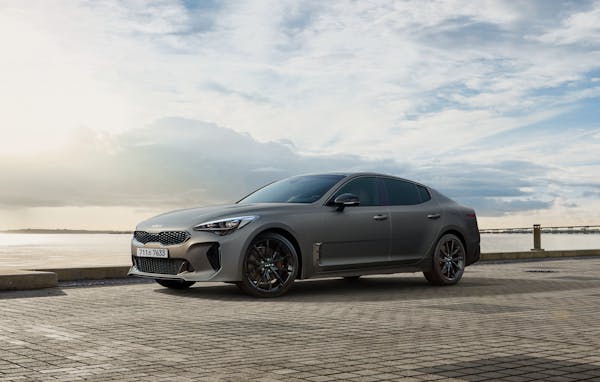When purchasing a car, the term “car specifications” or “car specs” often comes up. These specs represent the technical details and features that define a car’s performance, efficiency, safety, and comfort. Understanding car specifications is essential, whether you’re buying a new car, selling a used one, or simply comparing models. By getting familiar with car specs, you can make informed decisions and ensure you choose a vehicle that fits your lifestyle and budget.
What Are Car Specifications?
Car specifications refer to the detailed technical and mechanical information provided by the manufacturer. This includes engine type and size, horsepower, torque, transmission, dimensions, weight, fuel type and capacity, acceleration, top speed, drive type, and more. Additional features such as safety equipment, infotainment systems, comfort options, and technology integrations are also included in the spec sheet.
Key Car Specs You Should Understand
-
Engine Type and Size
The engine is the heart of your vehicle. Engine size, measured in liters (e.g., 1.2L, 2.0L), indicates the engine’s displacement. A larger engine usually means more power but may reduce fuel economy. -
Horsepower (hp) and Torque (Nm)
Horsepower measures how powerful the engine is. Torque determines how much force the car can exert, especially important for towing or quick acceleration. Together, these specs influence the vehicle’s overall performance. -
Transmission Type
Cars can have manual, automatic, or continuously variable transmissions (CVT). While manual gearboxes offer more control, automatics are user-friendly and common in urban environments. -
Fuel Type and Efficiency
Whether it runs on petrol, diesel, hybrid, or electricity, the fuel type impacts running costs and environmental impact. Efficiency is measured in km/l or mpg. A car with high fuel efficiency saves money in the long run. -
Drive Type
This refers to how power is distributed to the wheels: front-wheel drive (FWD), rear-wheel drive (RWD), all-wheel drive (AWD), or four-wheel drive (4WD). AWD and 4WD are suitable for off-road or tough conditions. -
Dimensions and Weight
Dimensions affect how much space the car offers inside and how easy it is to park. Heavier cars generally provide a smoother ride but may consume more fuel. -
Safety Features
Common safety specs include ABS (anti-lock braking system), EBD (electronic brakeforce distribution), airbags, traction control, lane assist, and automatic emergency braking. -
Infotainment and Comfort Features
These include touchscreen displays, Bluetooth connectivity, navigation systems, climate control, and seat materials. Modern car specs increasingly focus on enhancing driver and passenger experience.
Why Car Specifications Matter
Understanding car specifications helps buyers choose the right vehicle for their needs. For instance, someone who commutes daily might prioritize fuel economy and comfort, while a family buyer may need spacious interiors and high safety ratings.
Specs also affect insurance premiums, maintenance costs, and the resale value of the car. Additionally, many countries have regulations about emissions and engine sizes that buyers must adhere to.
How to Compare Car Specifications
When comparing two or more cars, focus on specs that align with your top priorities. Online car comparison tools can help. For example, compare engine sizes and mileage for fuel efficiency, or check interior dimensions if you need more space. Also, read user reviews to see how these specs perform in real-world situations.
Common Misunderstandings About Car Specs
-
Bigger engines always mean better performance – Not always. A smaller turbocharged engine can outperform a naturally aspirated bigger engine in some cases.
-
Automatic transmissions are always less fuel-efficient – Modern automatics and CVTs have significantly improved in fuel economy.
-
All-wheel drive is always necessary – AWD is helpful for rough terrain or snow, but for regular city driving, FWD or RWD may suffice.
Tips for Reading a Car Specification Sheet
-
Start with performance: engine size, horsepower, and torque.
-
Check dimensions: boot space, ground clearance, and seating.
-
Look at safety: standard vs optional safety features.
-
Don’t overlook tech: entertainment, navigation, and driver-assist systems.
-
Examine fuel economy ratings and CO2 emissions.
Conclusion
Car specifications are more than just numbers—they define how your car drives, how much it costs to own, and how safe and comfortable it is. Whether you’re buying a compact hatchback, a family SUV, or a luxury sedan, learning to read and interpret car specs puts you in control. Always align the specifications with your real-world needs, test drive the car, and consider long-term ownership costs before making your decision.

